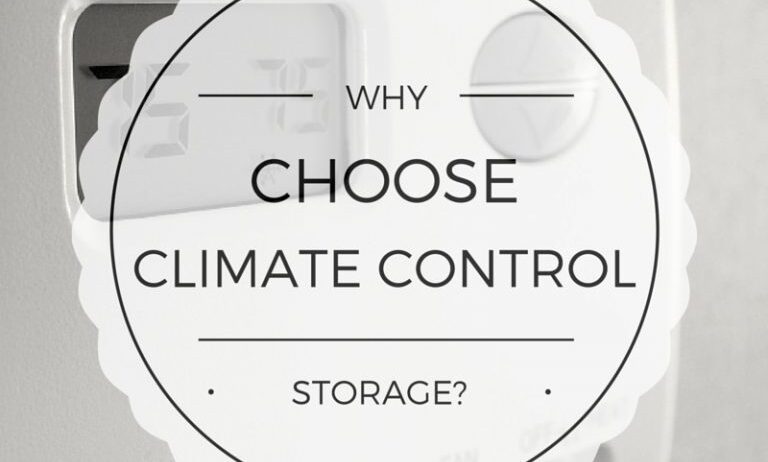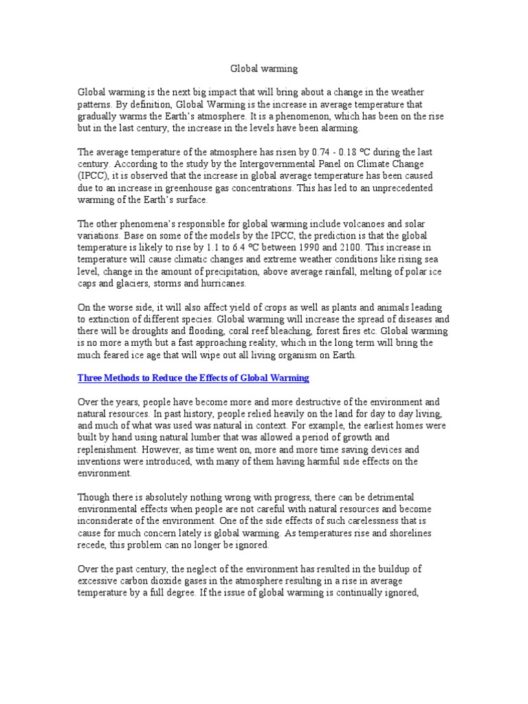In recent years, the concept of climate control has gained traction, especially in the realm of storage solutions. Climate control encompasses a variety of features designed to protect stored items from environmental fluctuations, such as temperature and humidity. However, what might appear as a simple concept is, in reality, a monumental leap towards preserving the integrity of valuable possessions and mitigating potential harm caused by climate change.
First and foremost, it is essential to understand what climate control entails. At its core, climate-controlled storage refers to facilities that maintain a stable environment, often regulated through advanced HVAC (Heating, Ventilation, and Air Conditioning) systems. These storage units typically feature temperature ranges between 55°F and 85°F (approximately 13°C to 29°C), coupled with humidity controls set between 30% and 50%. This dual regulation is essential for preventing the degradation of sensitive materials including wood, paper, and textiles that can warp, mold, or deteriorate under improper conditions.
This introduction of climate control in storage has resonated with consumers who harbor a plethora of reasons for their interest. One prevalent motivation is the desire to safeguard invaluable items, like family heirlooms, antiques, and important documents. These items often carry both sentimental and monetary significance. The fluctuating temperatures and humidity levels common in standard storage units can lead to catastrophic damage, making climate-controlled units a logical choice for conscientious storage practices.
Additionally, businesses that store inventory, equipment, or documents have found climate control to be a game-changer. The importance of climate-controlled environments has been underscored by numerous case studies revealing financial losses due to damaged goods. For instance, electronic components can malfunction when stored in excessively humid conditions, leading to costly replacements and diminished operational efficiency.
Beyond individual sentiments and business considerations, the rise of climate control in storage also hints at a broader, societal fascination with sustainability and environmental wellbeing. As climate change continues to threaten global ecosystems, awareness has surged regarding the importance of protecting items that risk being environmentally compromised. Storing items in a controlled climate not only extends their useful life but also reduces the frequency of replacements by preserving them in optimal conditions. This inclination towards sustainability is particularly salient in industries like fashion and technology, where fast production cycles often lead to waste.
The compatibility of climate control with environmentally-friendly practices is yet another reason this approach is compelling. Many facilities utilize renewable energy to power their climate controls, thereby reducing their carbon footprint. Furthermore, maintaining the integrity of imported products and materials can lessen the propensity for waste, leading to a decrease in environmental impact over time. This dynamic interplay between climate-controlled storage and sustainability ultimately caters to a conscientious consumer base that values eco-friendliness while seeking effective solutions for preservation.
Understanding the technology behind climate-controlled storage reveals additional layers of fascination. Innovations in smart technology—such as IoT sensors—have improved the efficacy of climate control systems. These sensors monitor conditions in real-time and optimize settings to ensure that temperature and humidity levels remain within specified parameters. By leveraging data analytics, storage facilities can proactively address deviations and maintain ideal conditions, ultimately enhancing the reliability of these services.
On a psychological level, the allure of climate-controlled storage also touches on the innate human desire for security and assurance. The ability to store valuable or sentimental items without the constant worry of environmental damage fosters peace of mind. This reassurance is further enhanced by the convenience and accessibility of modern storage facilities, where consumers can easily retrieve or access their belongings. As a result, climate-controlled storage acts not only as a physical safeguard but also as a psychological comfort—addressing both pragmatic and emotional concerns.
Another dimension to explore within this conversation about climate-controlled storage is its impact on innovation in building design and materials used in storage facilities. Many contemporary designs not only incorporate advanced climate control features but also utilize sustainable building materials. Structural efficiency and renewable energy solutions ensure that these facilities adapt to changing environmental standards. The architectural ingenuity required to construct effective climate-controlled spaces reflects a broader shift towards responsible construction practices across various industries.
The connection between climate control and societal values extends into the public discourse surrounding climate change. The promotion of climate-controlled storage options serves as a microcosm for larger conversations about sustainability, responsible consumption, and the impact of consumer behavior on the environment. By fostering discussions that normalize such practices, businesses can contribute to a cultural shift where environmental consciousness becomes intrinsic to consumer decisions.
Ultimately, the advent of climate-controlled storage represents a convergence of necessity and invention. While initially developed to solve specific issues surrounding the preservation of necessary items, the implications of its rise extend far beyond consumer demand. By recognizing the significance of climate control in storage, individuals and businesses alike can champion a broader ethos of sustainability and responsibility that resonates deeply within the ongoing narrative of environmental stewardship. In a world where climate change remains a formidable challenge, understanding the nuances of climate-controlled systems can inspire progressive actions that contribute positively to the planet and the value of our stored treasures.








